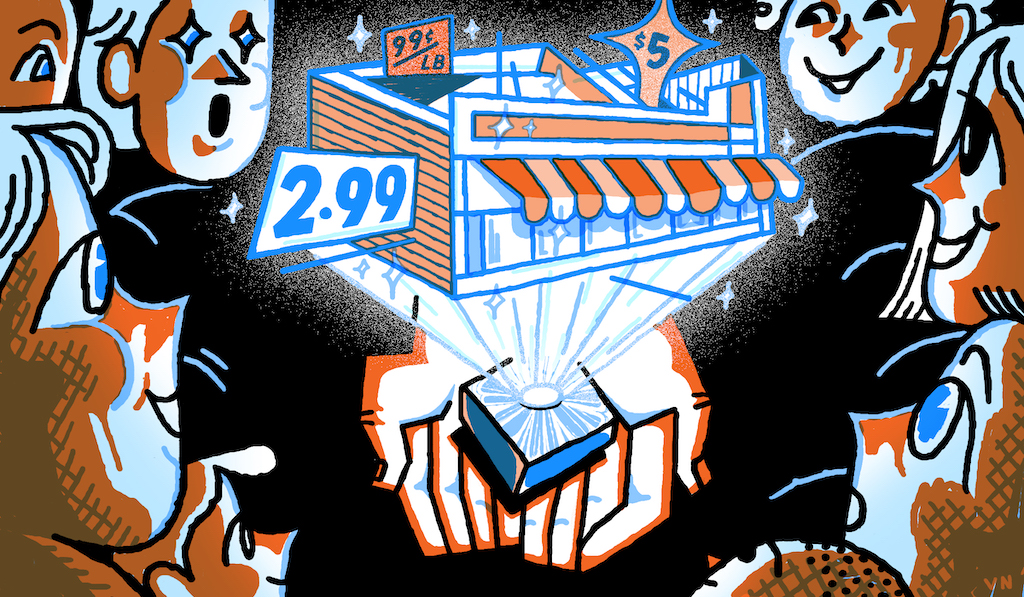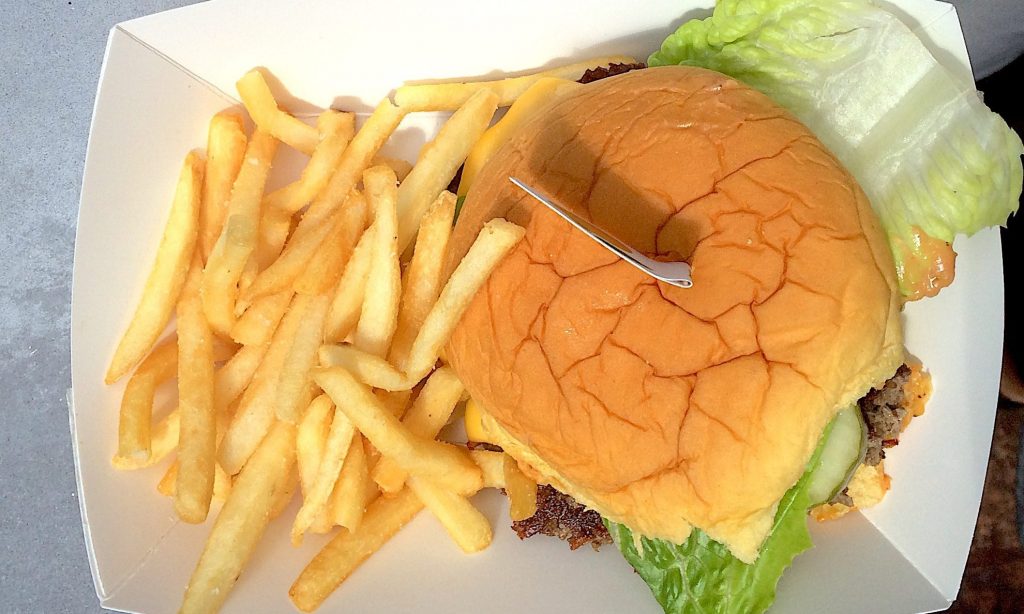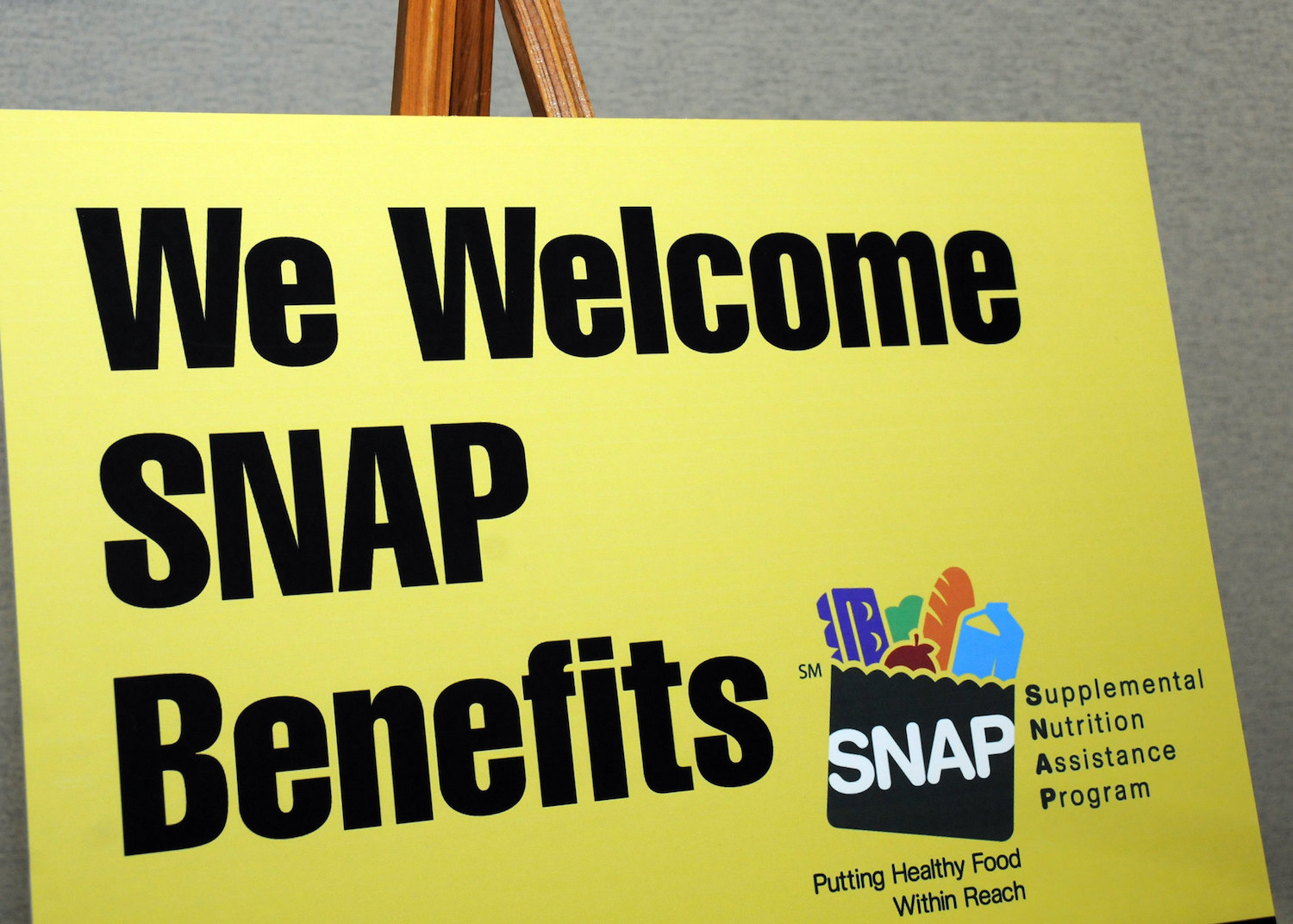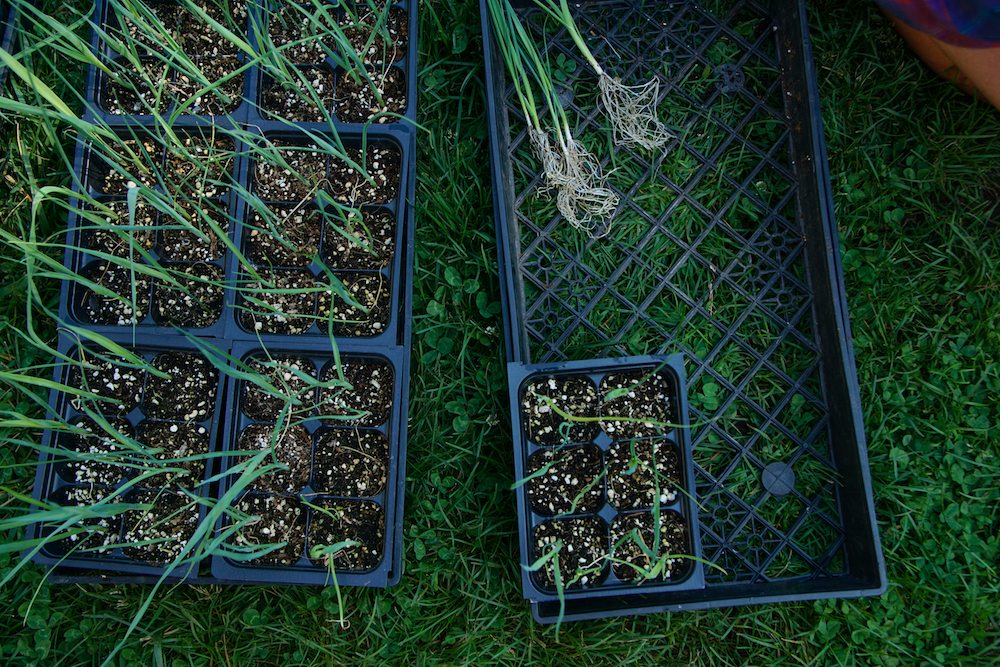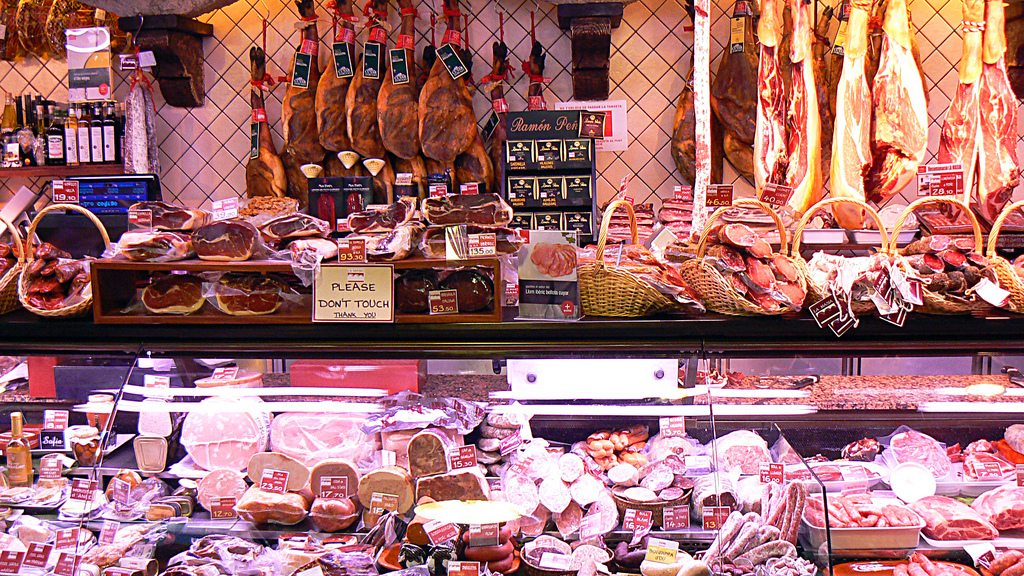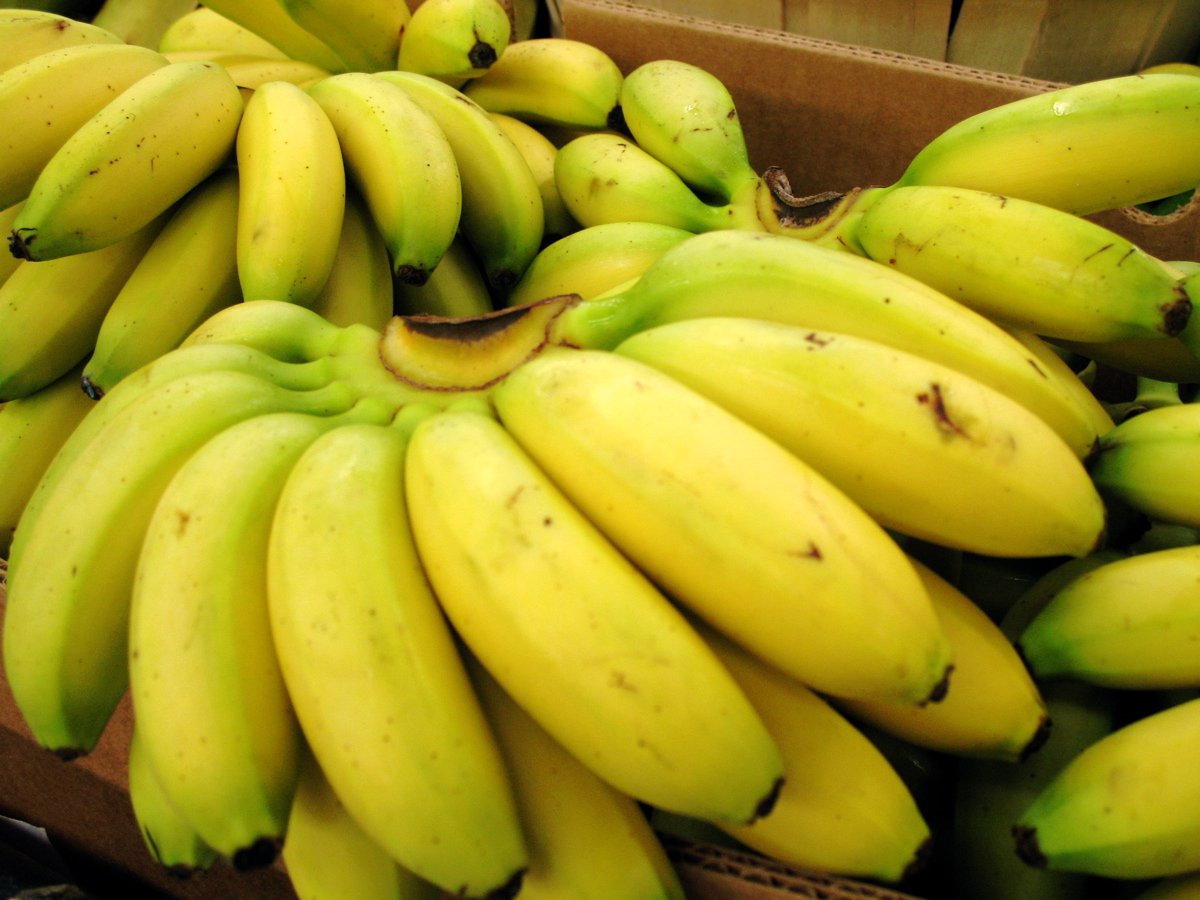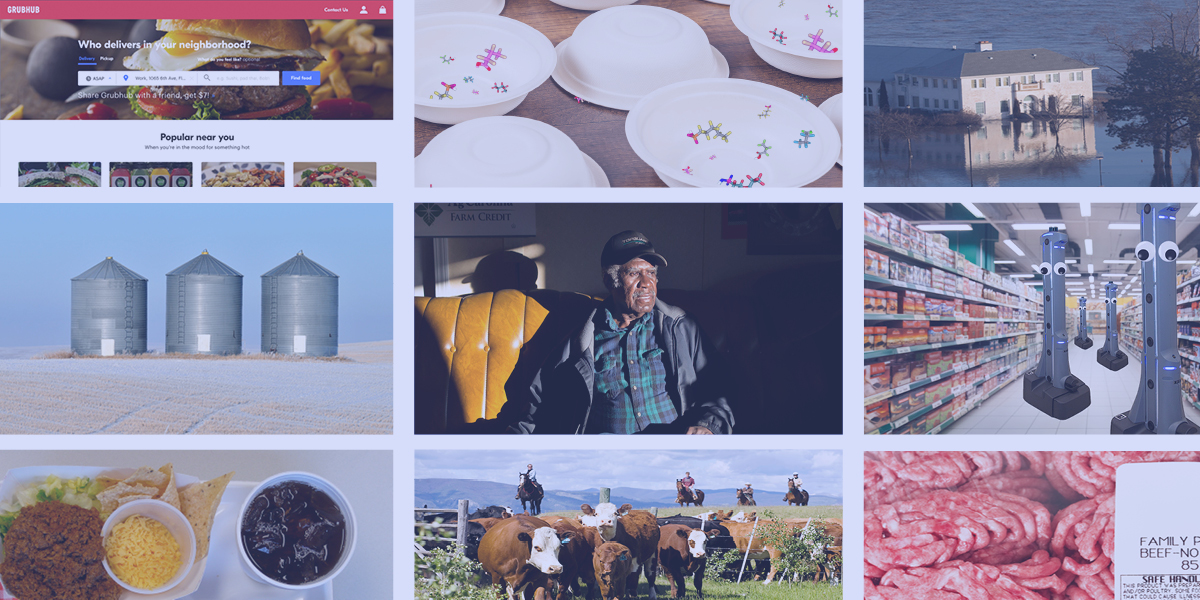
The Counter
The historic food safety breach you didn’t hear about. Stop & Shop’s grocery aisle robot. The ag company that disrupted harder than Netflix. Here are the most interesting stories we published this year.
The last year of this decade was a real doozie, as you surely don’t need us to tell you. The dizzying pace (and scope) of news continued unabated, whiplashing newsrooms everywhere as we scrambled to keep up.
In the wooly world of food and agriculture, headlines were often dire. Trade wars, flooding, labor shortages, and large-scale ag consolidation combined to make 2019 one of the tougher years in recent memory for U.S. farmers. Resource depletion, hollowed regulation, and staff cuts at USDA led to foreseeable, often unpleasant consequences. Deadly outbreaks of E. coli and other foodborne pathogens continued apace. And the destructive impacts of climate change became increasingly tangible, in virtually all aspects of food production.
But! It wasn’t all floods and food poisoning, of course. In 2019, plant-based meat and dairy elbowed their way into the mainstream, food workers in multiple sectors advanced in their fight for equitable treatment, and presidential candidates actually presented the public with (gasp!) comprehensive food and agriculture proposals. Immigration policy—at the forefront of so many national conversations—continued to be integral in determining how food makes its way to our tables. And issues like regenerative agriculture, cultural appropriation, and systemic biases got more thoughtful exploration than ever before.
With such an embarrassment of notable and worthy topics to choose from, we were hard-pressed to choose our favorite stories of the year. So, we cheated! We’ve compiled our top 10 features, based simply on how many readers each one boasted. With zillions of topics perpetually competing for your attention, this list provides a democratic look at the issues that mattered most to you, our readers. Luckily, those stories also happen to give you a taste of all that The New Food Economy covers, and how we cover it. These are pieces that shine a light into the dark corners of our food system through compelling human characters, question conventional wisdom and re-examine established narratives, and articulate the experience of eating (or the conversation that surrounds eating).
As a bonus, we’ve added a few stories that we loved, but didn’t get the attention we thought they deserved! Enjoy, and we’ll see you in 2020.
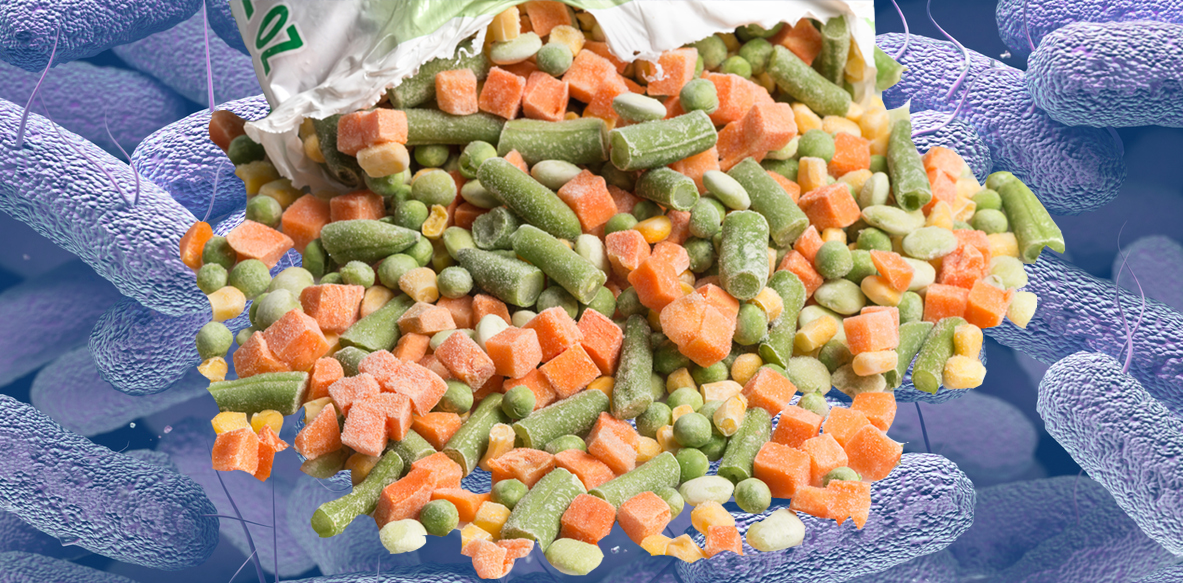
iStock / Juanmonino, iStock / ktsimage
The listeria scare that hit Whole Foods, Trader Joe’s, and Walmart led to 100 million pounds of recalled product—and no one noticed
By Sam Bloch | January 2019
Over the course of six weeks in 2018, a wide range of private label prepared foods were recalled due to potential salmonella and listeria contamination, affecting dozens of food retailers. But while the mainstream press noted some of the individual incidents, no one seemed to notice that they shared a strikingly similar pattern. That is, until New Food Economy staff writer Sam Bloch traced dozens of recalls to a Colton, California plant owned by McCain Foods, one the world’s largest suppliers of pre-processed vegetables.
Bloch reported the untold story of how McCain’s sautéed, caramelized, and fire-roasted ingredients were mixed into nearly 100 million pounds of finished product, a historic food safety breach that somehow escaped the public’s attention. It’s a fascinating window into the overlooked world of private label foods, and the hidden, sprawling supply chain that helps stock gas station pizzas, supermarket salad bars, and Trader Joe’s burritos.
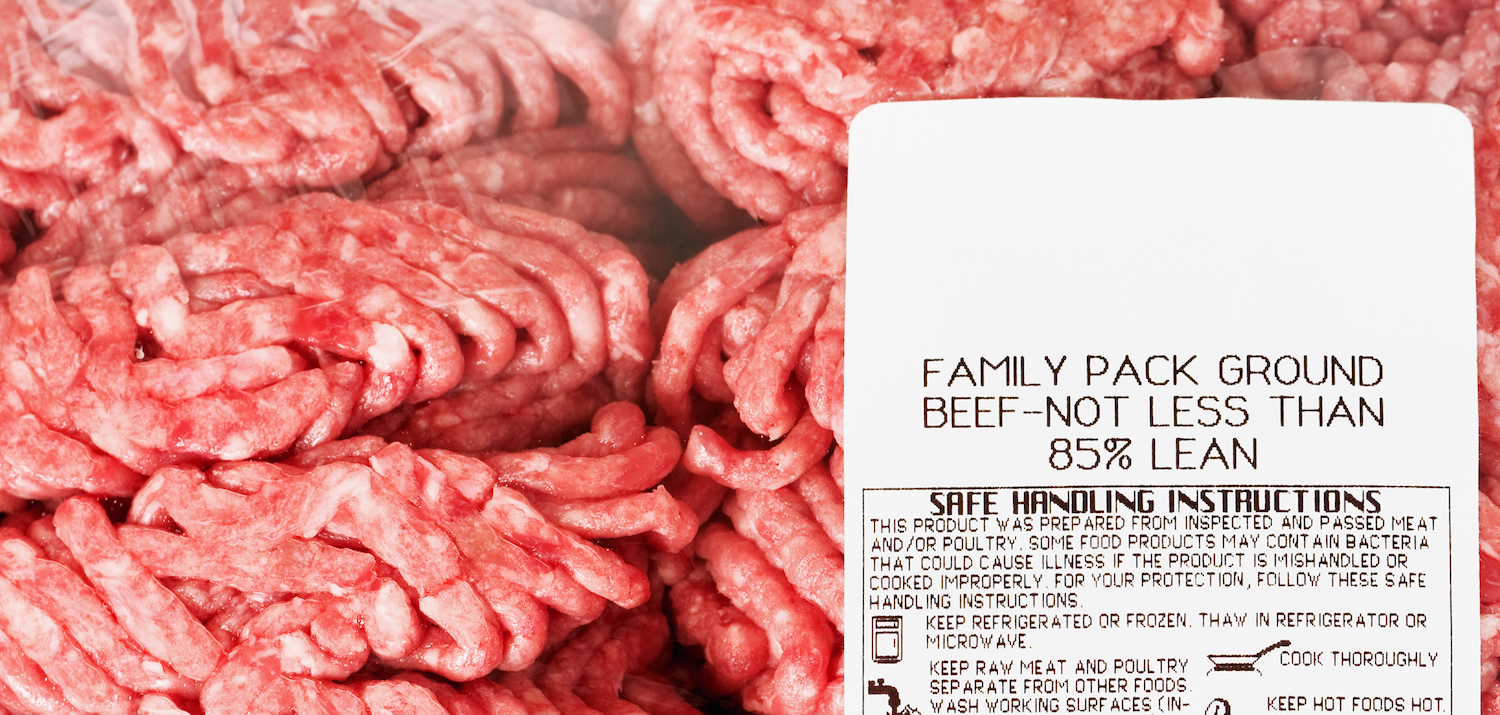
iStock / skhoward
ABC News called it “pink slime.” Now, USDA says it can be labeled “ground beef.”
By Joe Fassler | February 2019
Don’t call it “pink slime.” In January, the U.S. Department of Agriculture (USDA) said this divisive ingredient—thrust into the public imagination by a now-infamous ABC News segment in 2012—could be marketed under the term “ground beef.” It was a major win for the product’s manufacturer, South Dakota-based Beef Products, Inc. (BPI), which has aggressively fought its product’s negative portrayal in the media, and settled its defamation lawsuit against ABC out of court for more than a billion dollars. But USDA’s decision brought up a series of larger questions for our readers. Is BPI’s product, a finely textured paste made by running slaughterhouse trim through a centrifuge, really the same thing as hamburger? And at what stage does a highly processed food become unrecognizable from the ingredient it once was?
The man who’s going to save your neighborhood grocery store
By Joe Fassler | April 2019
From Hy-Vee and H-E-B to Wegman’s and Piggly Wiggly, regional grocery stores have long played an intimate role in American life. Maybe that’s why the story of Kevin Kelley so resonated with readers—he’s an architect and “supermarket ghostwriter” who redesigns small-town grocery chains to help them survive an uncertain future. Kelley coaches his clients to double down on what Amazon can’t do: tell a powerful, almost cinematic narrative that convenes communities around the mouth-watering pleasures of freshly prepared food. His magnum opus—a 50,000-square-foot store in Champaign, Illinois, built in collaboration with a third-generation Midwestern grocer—offers an alternative vision for the next generation of food retail, and reimagines what a supermarket might do and be. (This story was published in partnership with Longreads.)
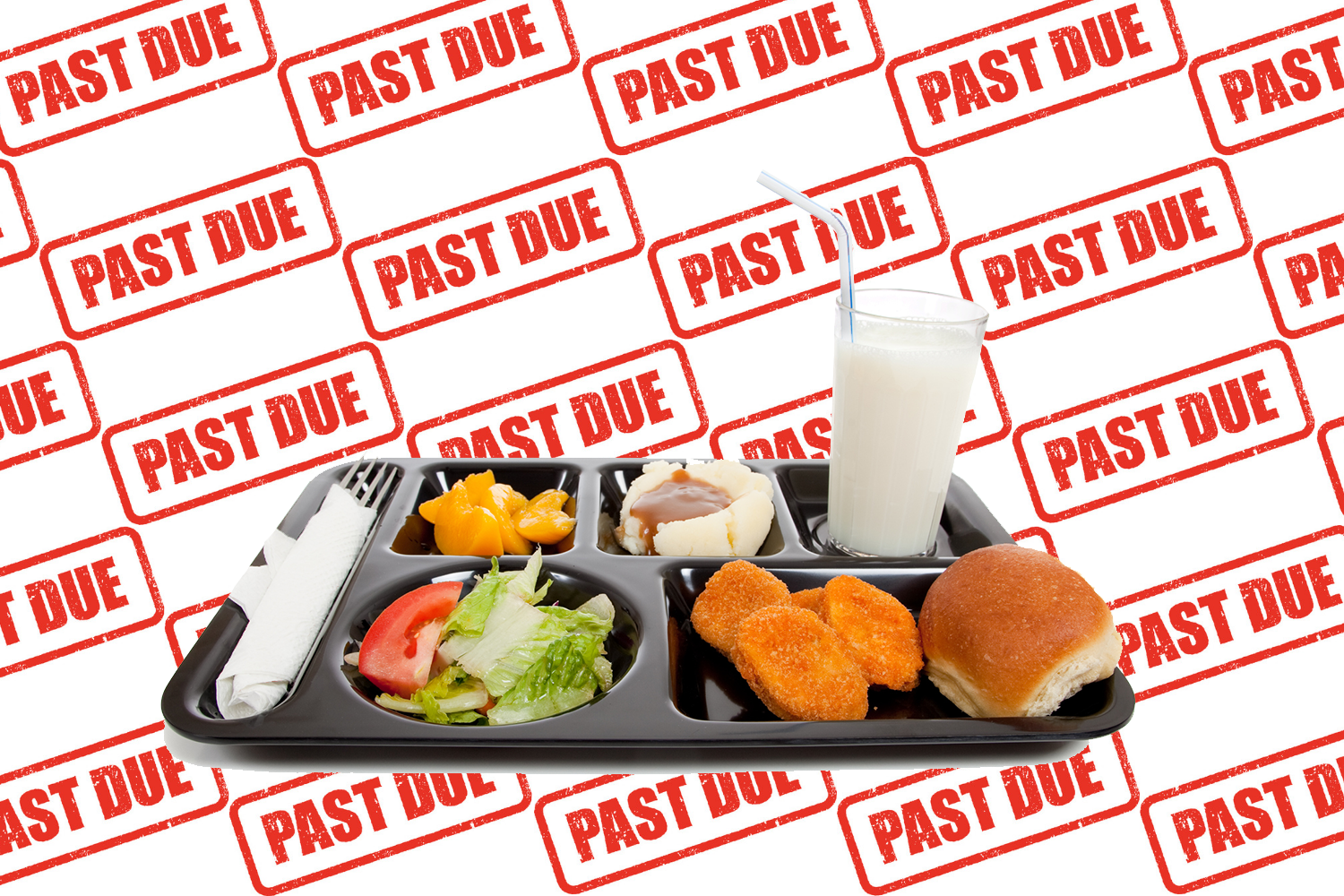
The Counter
Countless American families are saddled with student lunch debt. Many won’t be able to pay it off.
By Jessica Fu | April 2019
For some readers, it was shocking to learn that American students whose families can’t afford to pay off school lunch debt can be barred from activities like sports and dances. Or that they sometimes endure “shaming” tactics like having their hands stamped, or their families reported to debt collectors. Some may even have their diplomas withheld. But the painful reality is that cash-strapped school districts struggle to balance the needs of students with the need to balance their books, and sometimes resort to heavy-handed measures that take an emotional toll. Staff writer Jessica Fu’s sobering look at the ballooning lunch debt crisis examined the many ways that students and their schools negotiate a heartbreaking dispute, and looked forward to some possible solutions.
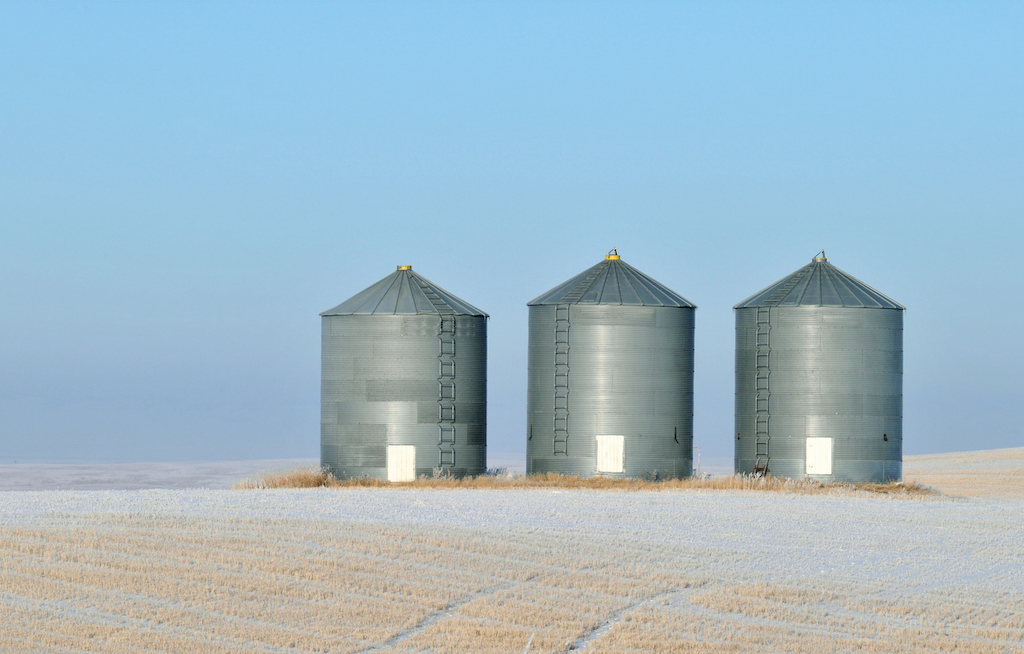
brytta/iStock
How an ag company most people have never heard of could prove itself more disruptive than Netflix or Airbnb
By Charlie Mitchell | May 2019
If you’re into lists—particularly “disruptor”-type lists that hype buzzy startups—you likely spotted CNBC’s Top 50 Disruptors List, on which Indigo Agriculture snagged the number-one spot in May. And you might’ve wondered a.) what the heck Indigo was, and b) what the heck kind of agriculture company could best more recognizable names, like Impossible Foods and WeWork, for the title of most disruptive? As NFE contributor Charlie Mitchell wrote, “Indigo was founded not by agricultural scientists but disruption specialists—business leaders who see the disturbance of existing markets as their path to profit.” We thought those bona fides made the company every bit as worthy of scrutiny as its potential to “represent a profound shift in the way food is grown, distributed, and sold—one that could prove as transformative for agriculture as Netflix has been for the movie business, or Airbnb has been for lodging.” Scrutinize is exactly what we did.
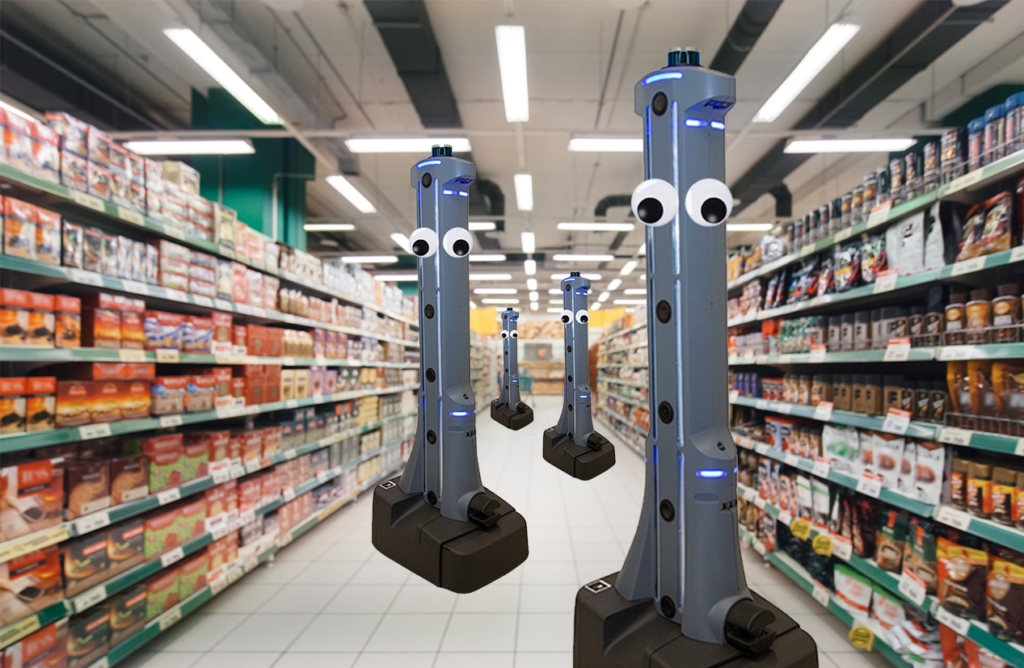
Badger Technologies; Fascinadora / iStock
Stop & Shop now has big, goofy-looking robots patrolling its aisles. What, exactly, is the goal?
By Jessica McKenzie | June 2019
Love it or hate it, some of the best stories start as conversations on Twitter. When contributor Jessica McKenzie first encountered “Marty” patrolling the aisles of her local Stop & Shop, she took to Twitter to ask why, exactly, the store was sending cartoonish robots out to roam the grocery aisles. We thought that was a good question indeed, so we assigned her to go out and ask the tough questions. After learning some choice tidbits—like that these robots were implemented at a cost of $35,000 each, right after a big labor strike—McKenzie came back with a lively, thoughtful piece exploring retail surveillance, labor, and automation, some of the hottest-button issues of our times. And clearly it struck a nerve: A story that went from Twitter to publication within a week ended up being read and shared hundreds of thousands of times.

Madeline Gray
How USDA distorted data to conceal decades of discrimination against black farmers
By Nathan Rosenberg and Bryce Wilson Stucki | June 2019
For thousands of African-American farmers across the country, day-to-day discrimination by the United States Department of Agriculture (USDA) has resulted in staggering loss—of land, of livelihood, of economic stability—over the last hundred years, and throughout our lifetimes. In an investigation that entailed two years of reporting, dozens of FOIA requests, and hundreds of hours of interviews, Nathan Rosenberg and Bryce Wilson Stucki revealed the way systemic discrimination at USDA resulted in an unthinkably tragic outcome: a 98 percent drop in the number of black farmers between 1920 and the end of the 20th century. That shameful legacy did not end during the Jim Crow era but persisted through the Obama Administration, where USDA leadership whitewashed the department’s reputation and made false claims about its civil rights record by changing Census of Agriculture methodology. The story helps contextualize American politics, American racism, and why the nation’s rural communities look the way they do. But the ultimate emphasis is on black farmers themselves, in their fight to make ends meet within the confines of an unfair system, and in their unending battle for justice.
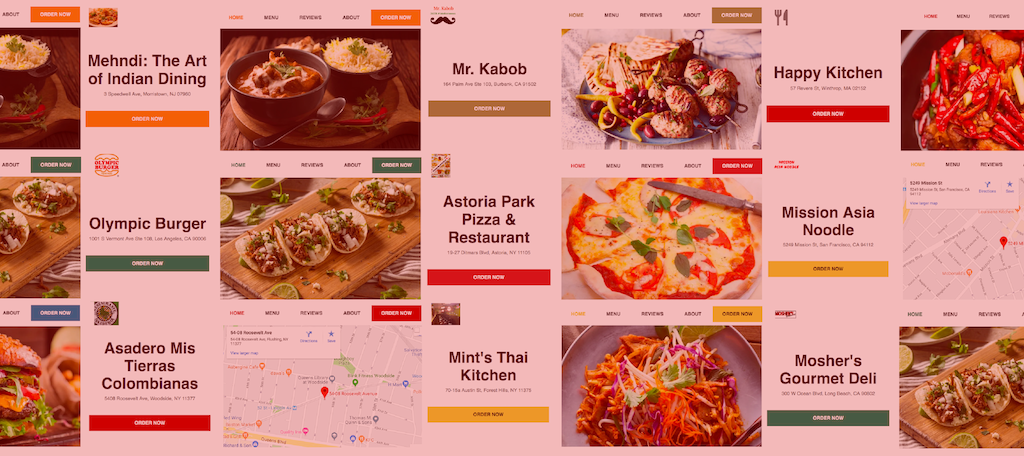
Alison Goyer
GrubHub is buying up thousands of restaurant web addresses. That means Mom and Pop can’t own their slice of the internet
By H. Claire Brown | June 2019
Some stories start with a great lead hidden in plain sight. When one of her sources mentioned offhand that GrubHub had purchased her restaurant’s domain name, senior staff writer H. Claire Brown followed up by checking out domains owned by GrubHub and its subsidiary, Seamless. The result was astonishing: The company had purchased tens of thousands of domain names, seemingly intended to make it harder for restaurants to leave its platform. These weren’t just garden-variety URLs. They matched local eateries’ names and locations with a high degree of precision. While GrubHub insisted to Brown that it had made these purchases as a service to its members, many of her sources said they had no idea GrubHub had purchased their domains. The story struck a chord with readers concerned about the increasing power that tech platforms wield over the small businesses they serve.

The Counter / PubChem
The bowls at Chipotle and Sweetgreen are supposed to be compostable. They contain cancer-linked “forever chemicals.”
By Joe Fassler | August 2019
Plant-based molded fiber bowls—the compostable, seemingly eco-friendly beige bowls popularized by fast-casual restaurants—seem delicate enough to degrade in a leaf pile. So how is it possible that they’re also strong enough to hold hot, wet, and greasy meals? When deputy editor Joe Fassler started posing that question to experts, he uncovered an industry secret: Virtually all molded fiber take-out containers are treated with PFAS, a class of more than 4,000 potentially toxic “forever chemicals” that don’t biodegrade in the environment and don’t leave our bodies. For many readers, this revelation was an emotional blow, a reminder of how easily we fall under the spell of misleading marketing claims, and contribute to the problem even while trying to do the right thing. But it was also an occasion to rethink the logic of single-use disposables entirely, and look to a new generation of closed-loop alternatives.
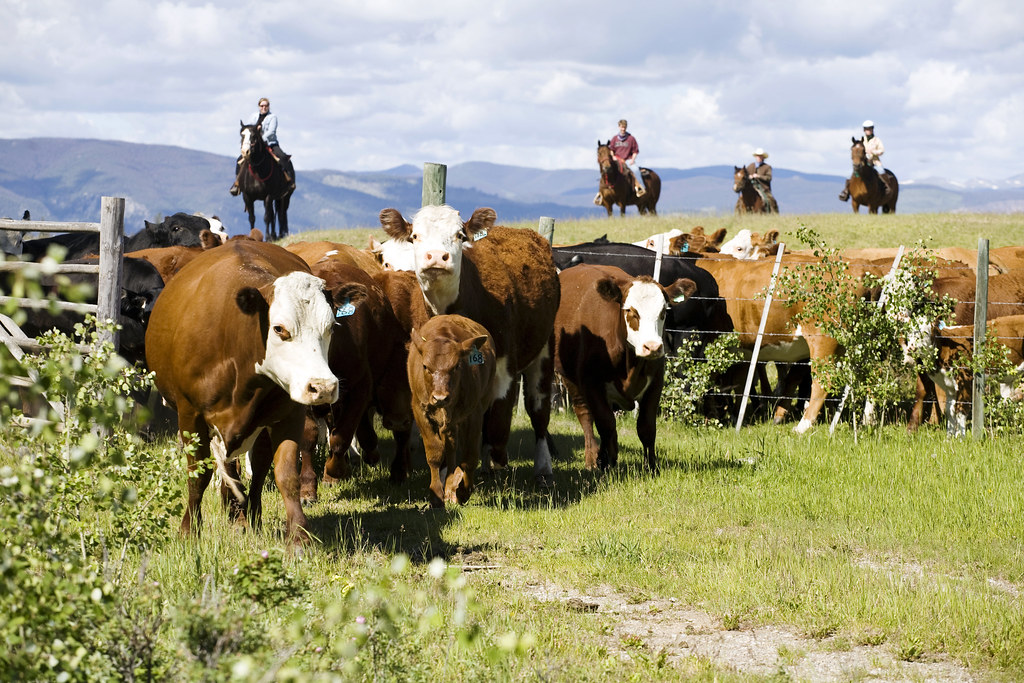
Flickr / Echo Valley Ranch
The “eat less meat” movement is growing. Does it distort science?
By Lynne Curry | September 2019
To hear the plant-based lobby tell it, the choice is clear: If we want to save the climate, we should skip the animal protein. But the “eat less meat” mantra is simplistic, and the science is far from settled, according to scientists, ranchers, and advocates interviewed by New Food Economy contributor Lynne Curry. At a time when companies like Impossible Foods and Beyond Meat get millions of dollars in free publicity from news outlets who credulously repeat their environmental claims, Curry’s story reminded us that the reality is far more nuanced—and that, when it comes to climate solutions, there will be no silver bullet.

The Counter
When the government mandates work requirements for food stamps, who actually profits?
By H. Claire Brown | April 2019
While the war rages over who should be eligible for food assistance, mandatory work requirements remain one of the most contentious ways to determine SNAP eligibility. In states where they are implemented, they represent a potential gold rush for the corporations that contract with local governments to administer job training programs to SNAP recipients. Senior staff writer H. Claire Brown’s investigation into Wisconsin’s effort showed that the true beneficiary of of its mandatory employment training program wasn’t its enrollees. It was the company the state hired to oversee the program.
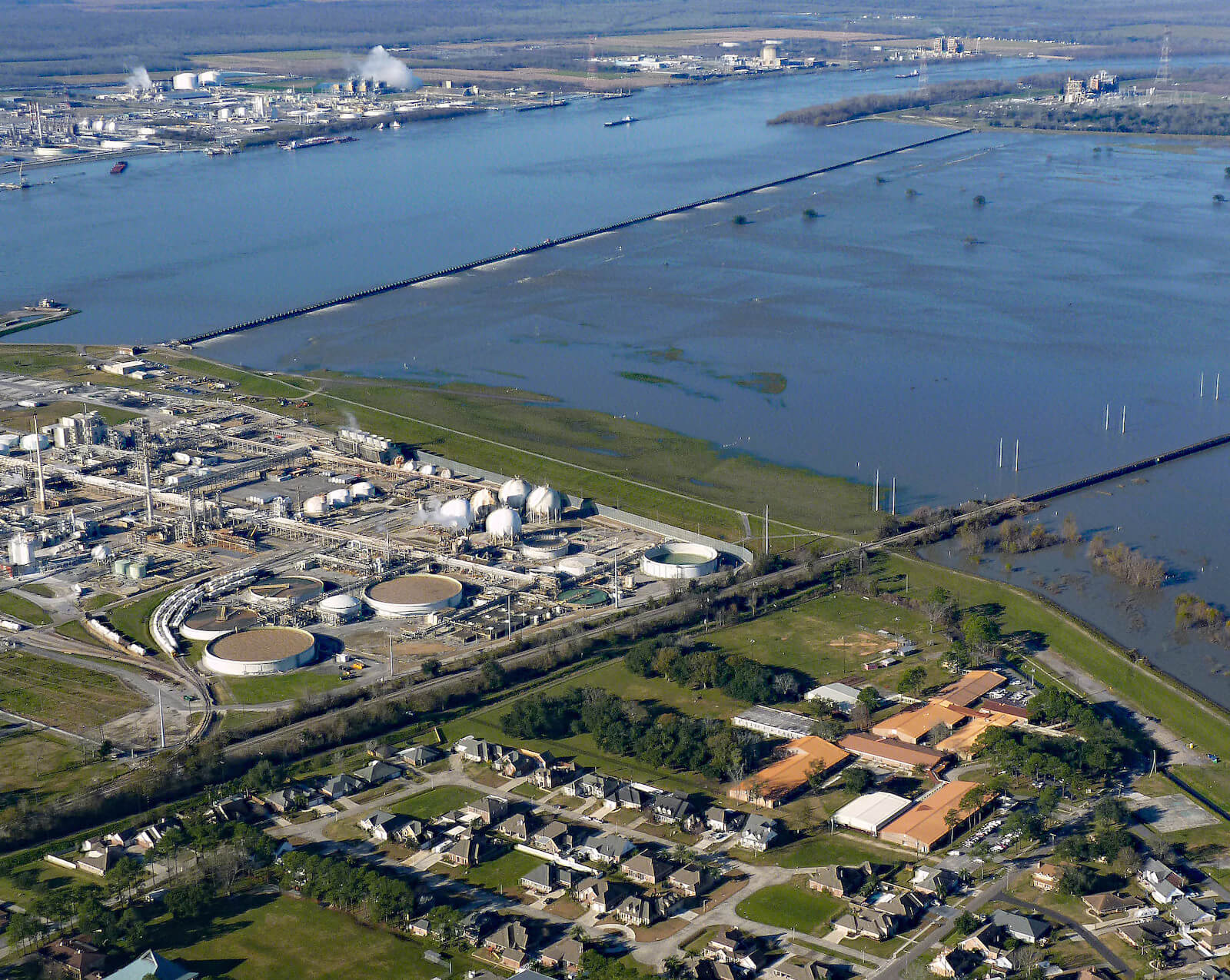
Flickr / U. S. Army Corps of Engineers
A Louisiana spillway helps flood-proof New Orleans. It’s killing Mississippi’s local seafood industry.
By Boyce Upholt | September 2019
In this story about how efforts to prevent New Orleans from drowning in floodwater prompted an unprecedented oyster die-off across Mississippi’s Gulf Coast, there are no easy villians. It’s our favorite kind of tale: a narrative collision of good intentions with unintended consequences in the ever unpredictable natural world. Bonus baby oyster pix and whiffs of mignonette sauce, for those of you who like a side of optimism with your entrée into the brinier stuff.
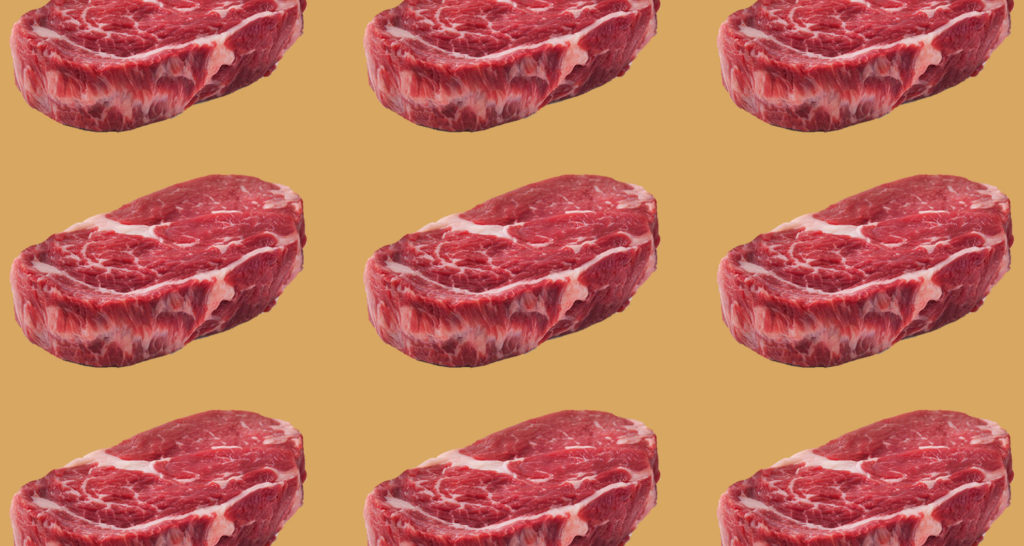
Beef Checkoff
Heard of books, butlers, lifters or flat irons? Spoiler alert: They’re all the same steak.
By Marilyn Noble | October 2019
Driven by price, flavor, and an increasing desire to eat smaller portions of beef, consumer demand for underutilized cuts is surging. But the curious naming conventions around these lesser-known steaks have bred more than a little confusion. In this delicious chronicle of ongoing efforts to wring more value out of the carcass, producers, butchers, and chefs enlighten us on who gets to decide what a cut of beef should be called and how we get more people to eat them.
